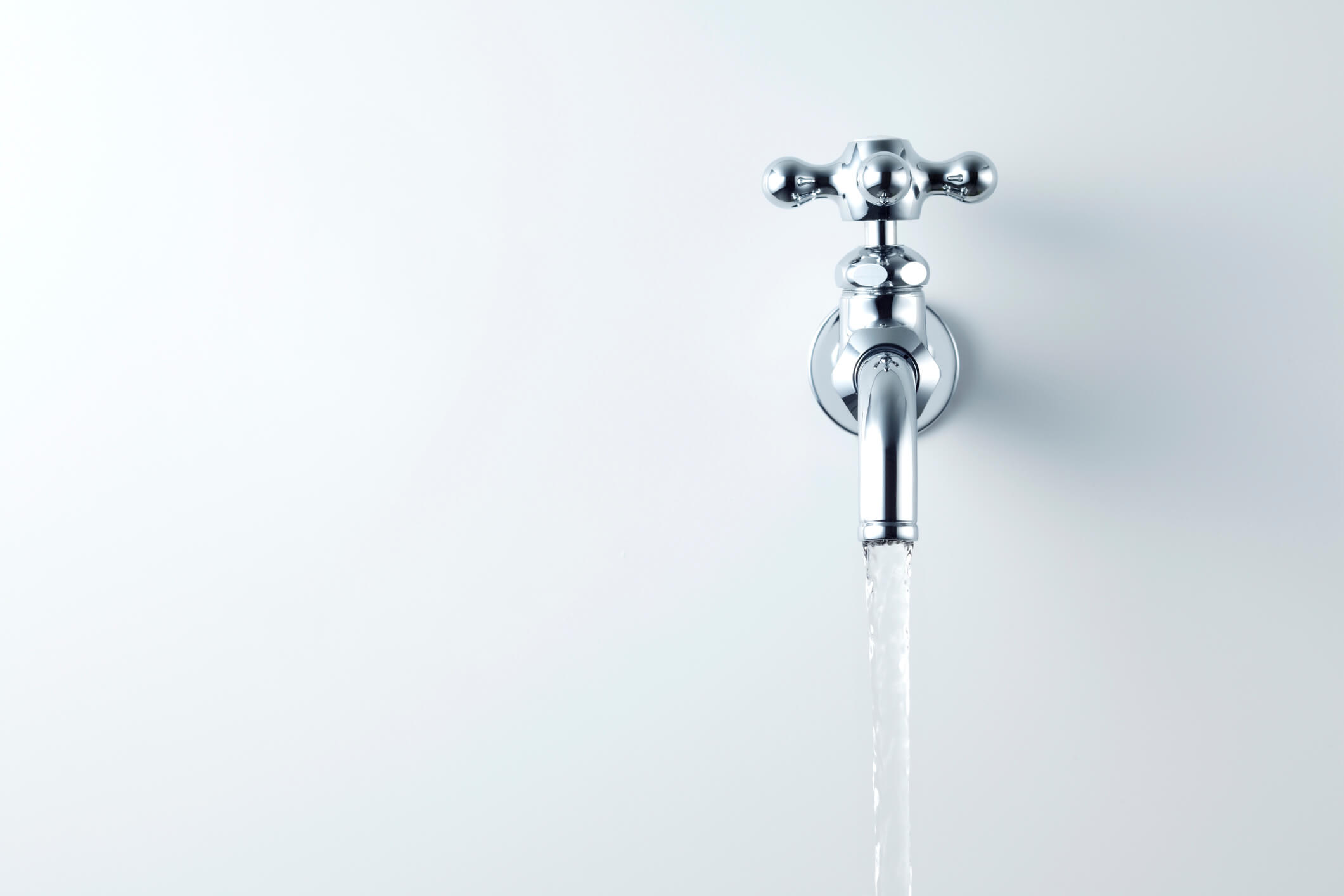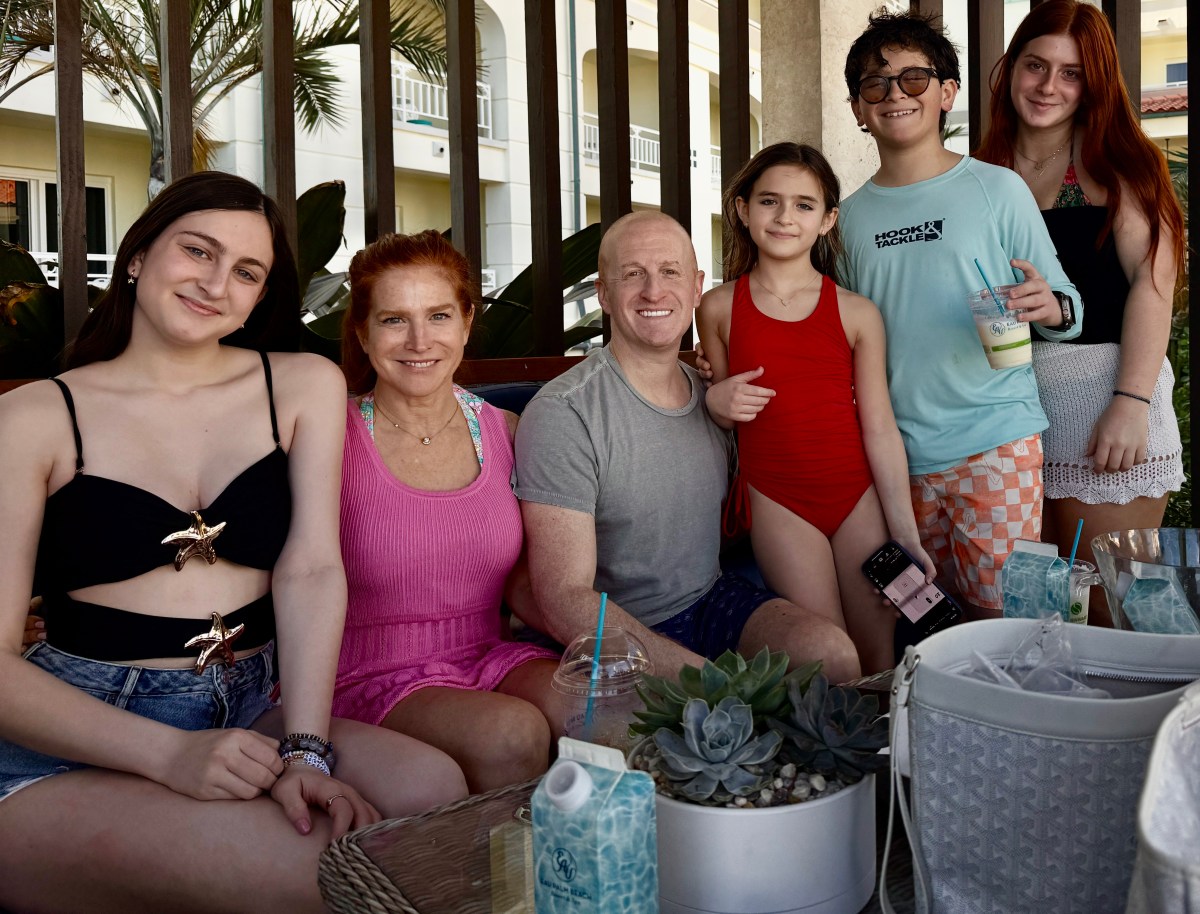New Contaminant Found In Drinking Water

The Suffolk County Water Authority is concerned about a new source of contamination, and that there hasn’t been enough money set aside to clean it up.
In December, the New York State Drinking Water Quality Control organization recommended levels of 1,4-dioxane be lowered to one part per billion. Jeff Szabo, the CEO of Suffolk County Water Authority, said so far, about 600 private drinking water wells have tested positive. Apparently, the chemical has been used for years in a wide array of products as a stabilizing agent without being detected.
Szabo and Timothy Hopkins, the SCWA general counsel, are convinced the findings thus far are just the tip of the iceberg. There is a fix they think can nip the problem in the bud, but the cost is prohibitive. The pair met with The Independent editorial staff on March 8, hoping to drum up support for state funding to deal with the matter.
“There was no effective treatment but we have developed one,” Szabo said. It involves treating a body of water with hydrogen peroxide in a light field, triggering advanced oxidization. The water then runs through a granulated active carbon filter from there. The problem is, the system in expensive, Szabo said, with only $3.5 million per applicant allotted.
There is a light at the end of the tunnel. New York State Governor Andrew Cuomo has established a state fund with $200 million in it this year for water cleanup. Szabo and Hopkins hope some of that money will flow to Long Island.
The New York Drinking Water Quality Council, in December, recommended dropping the maximum level of contaminant from 1.4 PPB to one.
“We are advocating state money for the East End,” Szabo said. “When the drinking water quality goes down, the rates will go up.” He is urging well owners to lobby for the needed funds to test wells.
“Ensuring the safety of the drinking water we serve to 1.2 million Suffolk residents is our top priority. Our water is exhaustively tested by our chemists around the clock and at a higher frequency than required by state and federal regulators,” Szabo said. “Our water, regulated by the United States Environmental Protection Agency, is held to stricter health standards.”
rmurphy@indyeastend.com



